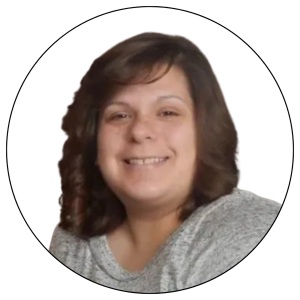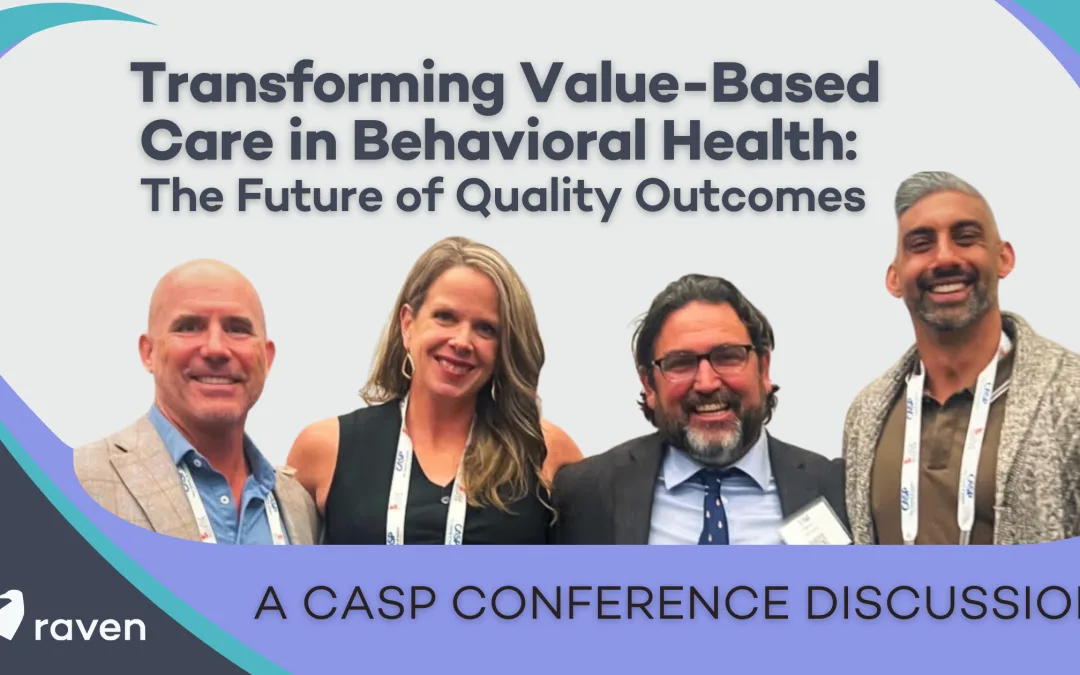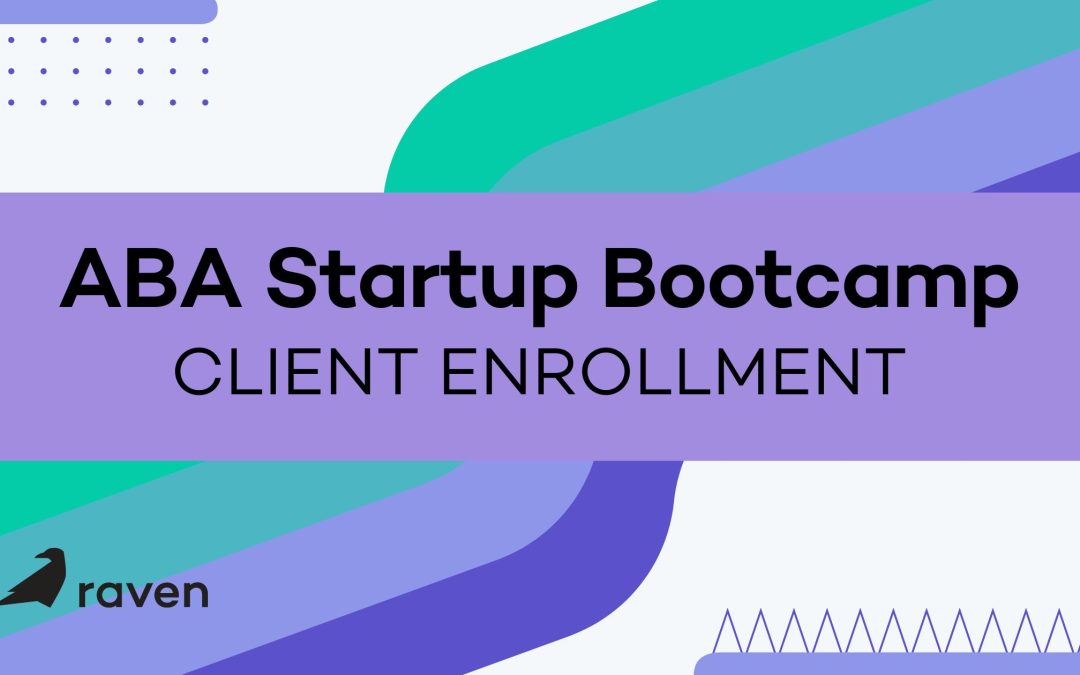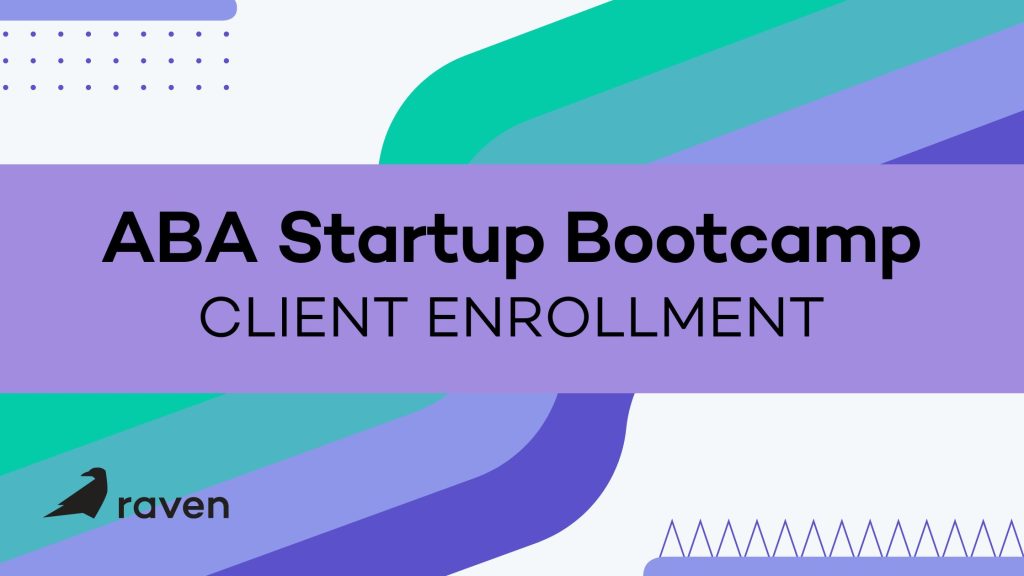
Raven Health, a revolutionary behavioral health platform, is at the forefront of reshaping how healthcare providers and payers collaborate. By focusing on the principles of Value-Based Care (VBC), we aim to improve health outcomes and ensure that behavioral health services deliver the best possible results for patients while reducing medical costs.
Our mission is clear: to empower healthcare providers and payers with data-driven insights that elevate patient care, enhance their experience, and drive meaningful change in Value-Based Healthcare partnerships.
The Advantages of Value-Based Care in Behavioral Health
Unveiling the Benefits for Providers and Patients
Value-based care in behavioral health brings measurable benefits for both healthcare providers and patients. By prioritizing enhanced care coordination between healthcare providers, insurance companies, and payers, VBC ensures higher quality care at lower costs, while improving patient satisfaction. It redefines how healthcare is delivered, placing the emphasis on health outcomes rather than the volume of services provided.
Providers benefit from streamlined processes, real-time data insights, and better resource allocation, while patients experience more personalized, effective treatments. VBC also enables providers to continuously adjust care plans based on patient progress, ensuring the best outcomes over time.
Achieving Better Patient Outcomes with ABA Therapy
For clients undergoing Applied Behavior Analysis (ABA) therapy, Value-Based Care proves to be a game-changer. By aligning treatment strategies with measurable objectives, clinicians can focus on achieving better health outcomes over time.
VBC ensures that treatment plans are tailored, tracked, and adjusted based on real-world data, leading to quality improvements in both behavioral progress and the overall client experience. With continuous monitoring and data-driven adjustments, ABA therapy under VBC enables clinicians to optimize interventions, track small but significant progress, and provide patients with a more comprehensive and effective treatment that evolves with their needs.
Elevating the Quality of Care
Under the Value-Based Care model, healthcare providers are incentivized to deliver quality care rather than focusing on the quantity of services rendered. This shift places greater emphasis on patient-centered approaches, encouraging clinicians to tailor treatment regimens to individual needs rather than adhering to a one-size-fits-all method. By doing so, VBC ensures that each patient receives the support necessary for long-term success, fostering a deeper connection between healthcare providers and patients.
This approach promotes a holistic view of care, where the focus shifts from mere service delivery to a meaningful impact on patients’ health and well-being. VBC prioritizes outcomes over outputs, guaranteeing that every session contributes to tangible progress. As a result, healthcare providers are empowered to make more informed decisions and optimize care strategies, ultimately improving both patient satisfaction and clinical effectiveness.
Enhancing Data Coordination and Collaboration
Value-based healthcare thrives on data-driven decision-making. Through advanced platforms like Raven Health, providers and payers gain access to robust tools for tracking, reporting, and analyzing outcomes. Better data means better decisions, leading to improved population health and more efficient care delivery. This ensures all stakeholders are aligned in their efforts to achieve optimal results.
Value-Based Care vs. Fee-for-Service: The Difference in Behavioral Health Care
Unlike the traditional fee-for-service model, which rewards volume over value, Value-Based Care in behavioral health is centered on achieving measurable health outcomes. This shift is particularly impactful in fields like ABA therapy, where personalized approaches are essential. By moving away from a one-size-fits-all approach, healthcare providers can focus on delivering targeted, quality care that meets the unique needs of each patient.
The fee-for-service models often contribute to unchecked healthcare costs, while Value-Based Care aims to manage expenditures without compromising quality.
Overcoming Challenges in Value-Based Care: Turning Hurdles into Opportunities
Building the Framework for Successful Value-Based Care
While the benefits of Value-Based Care are clear, several challenges need to be addressed for it to reach its full potential in behavioral health:
- Data Standardization and Interoperability
The lack of standardized data makes it challenging to assess health outcomes and measure quality care. Raven Health bridges this gap by providing a unified, interoperable platform that integrates seamlessly with many existing systems.
- Limited Access to Care
Underserved populations often struggle to access behavioral health care services. VBC aims to expand access by reducing healthcare costs and aligning incentives for broader service availability.Expanding access to Medicaid services and other health equity initiatives can play a critical role in ensuring underserved populations receive necessary behavioral health care. VBC is poised to help reduce disparities in access and outcomes.
- Complex Reimbursement Models
Transitioning from fee-for-service to VBC can be daunting for smaller providers. Raven Health supports providers with robust tools that simplify the reimbursement process, removing any worry of financial risk, while allowing care teams to enhance their ability to deliver quality care.
- Fragmented Provider Collaboration
Effective care requires seamless coordination among diverse professionals. Raven Health’s platform fosters collaboration by centralizing data and encouraging teamwork.
Emerging Trends in Value-Based Healthcare
As the demand for Value-Based Healthcare grows, new trends are shaping the landscape:
- Data-Driven Insights: Real-time analytics help clinicians monitor progress and optimize treatment plans.
- Personalized Patient-Centered Care: Tailored strategies ensure better alignment with individual needs.
- Population Health Management: Focused efforts to improve the well-being of entire populations lead to greater cost savings and improved outcomes.
Insights from the CASP Conference: Advancing Value-Based Care
At this year’s CASP conference, an insightful discussion unfolded on the topic of value-based care (VBC) measurement, featuring industry leaders Yagnesh Vadgama, Doug Moes, Rebecca Womack, and Raven Health’s very own Tim Crilly. The conversation highlighted the challenges and opportunities in transitioning to VBC models within the autism services sector.
The segment’s panelists drove home some key takeaways for the attendees. They discussed how transitioning to a value-based program allows providers to better treat patients by focusing on quality care and comprehensive performance measures.
Introduction and Perspectives The discussion featured perspectives from various experts:
The panel featured a diverse group of industry leaders, each bringing unique expertise to the discussion on value-based care (VBC) in autism services:
- Tim Crilly, SVP of Partnerships at Raven Health, brought insights from his extensive experience on both the clinical and managed care sides of ABA, bridging the gap between healthcare providers and payers.
- Rebecca Womack, Vice President of Quality Assurance at Verbal Beginnings, contributed her expertise in developing policies and clinical solutions that align with payer requirements while ensuring quality outcomes.
- Doug Moes, Chief Clinical Development Officer at the Stepping Stones Group, offered a provider’s perspective, focusing on strategies for improving quality and outcomes within autism care services.
- Yagnesh Vadgama, Vice President of Autism at Magellan, shared a comprehensive health plan viewpoint, emphasizing the importance of integrating various aspects of autism care beyond ABA to achieve holistic improvements in outcomes.
This diverse mix of expertise ensured a well-rounded discussion on the opportunities and challenges of transitioning to VBC models within autism care.
Defining Value-Based Care
Yagnesh Vadgama framed value-based care (VBC) as an established concept in healthcare, with approximately 60% of the industry already operating under some form of value-based arrangement, particularly in areas like cancer and diabetes care.
Vadgama underscored the importance of adopting a holistic approach to autism care, integrating a range of treatments and services to elevate overall quality and outcomes. “We have to start somewhere,” he remarked, advocating for initial VBC models centered on case rates, with the potential to reward outcomes tied to standardized measures such as the Vineland.
Shifting from Fee-for-Service to Value-Based Models
The panelists examined the shortcomings of the fee-for-service model, noting its inefficiencies and lack of emphasis on quality outcomes. Rebecca Womack highlighted how VBC encourages providers to use time more effectively, focusing on outcomes that truly matter to families and payers. She emphasized the importance of selecting quality metrics that deliver value to all stakeholders involved.
Doug Moes expanded on this by stressing the need to prioritize quality inputs, such as comprehensive assessments, well-planned treatments, and fidelity in implementation. He pointed out that partnerships and collaborative efforts are key to enhancing the quality of life for individuals with autism.
Addressing Clinical and Administrative Challenges
Transitioning to a VBC model requires significant clinical and administrative shifts. Vadgama cited successful value-based arrangements with providers like Kyo, which have improved staff retention and satisfaction. This model allows clinicians to dedicate more time to care coordination and addressing families’ holistic needs instead of focusing solely on billing requirements.
Womack emphasized the importance of practitioner training, advocating for thorough assessments and education to prevent knowledge gaps that could hinder the successful implementation of VBC.
Leveraging Technology and Data Integration
The panelists explored how technology can play a transformative role in supporting VBC. Moes expressed enthusiasm for advancements in AI and machine learning, which could streamline data collection through methods like audio and video analysis. This would enable clinicians to focus more on delivering high-quality treatment rather than administrative tasks.
Tim Crilly highlighted the need for integrated healthcare systems that compile data from various sources to provide a comprehensive view of patient progress and outcomes. He also pointed to the potential of remote patient monitoring and wearable devices to track critical health metrics, such as sleep patterns, further enhancing patient outcomes.
Standardization and Collaboration
During the discussion, an audience member raised concerns about the lack of standardized data reporting between payers and providers. Vadgama agreed that this is a priority for the industry, advocating for database-driven submissions that facilitate better performance tracking and outcome analysis.
Womack stressed that the ABA profession must define its own quality standards and clearly communicate them to stakeholders. Balancing clinical decision-making with payer requirements, she noted, is crucial to achieving the best possible outcomes for families.
Looking Ahead: The Path to Value-Based Care
The 2024 session concluded with an inspiring call for collaboration and continuous progress. The panelists acknowledged that while transitioning to value-based care presents challenges, the opportunities are transformative. By embracing value-based models, providers can elevate the quality of autism services, enhance outcomes for families, and redefine the future of care delivery in behavioral health.
Raven Health: Leading the Way in Value-Based Care
At Raven Health, we are revolutionizing how behavioral health providers approach Value-Based Care. Our platform empowers clinicians with cutting-edge tools designed to simplify data collection, optimize workflows, and improve patient outcomes, ensuring that every step in the care process is backed by data-driven insights.
- Intuitive Technology: Our mobile-first design ensures providers can start using the platform within minutes, eliminating barriers to adoption and streamlining care delivery.
- Comprehensive Reporting: Track and measure progress in real-time, enhancing health outcomes and informing future care plans with actionable data insights.
- Offline-Mode Capabilities: Clinicians can confidently deliver care in any setting, knowing their work will sync seamlessly with the platform once they reconnect, enabling continuous patient care and uninterrupted service.
Realizing Value-Based Care Success
With Raven Health, providers can achieve Value-Based Care success by delivering exceptional patient care, improving health outcomes, and fostering meaningful collaborations with payers and insurance companies. Our innovative tools and unwavering commitment to excellence position us as leaders in the field of Value-Based Healthcare, paving the way for better patient experiences and reduced healthcare costs.
A Vision for the Future: Transforming Behavioral Health
Raven Health is on a mission to redefine behavioral care through Value-Based health care principles. By aligning health systems technology, data, and collaboration, we aim to achieve the best final outcome: a healthcare system that prioritizes quality care drives cost reduction, eliminates any risk factors, and enhances the overall patient experience.
Take the first step toward transformation.
Start your free 30-day trial with Raven Health today!











